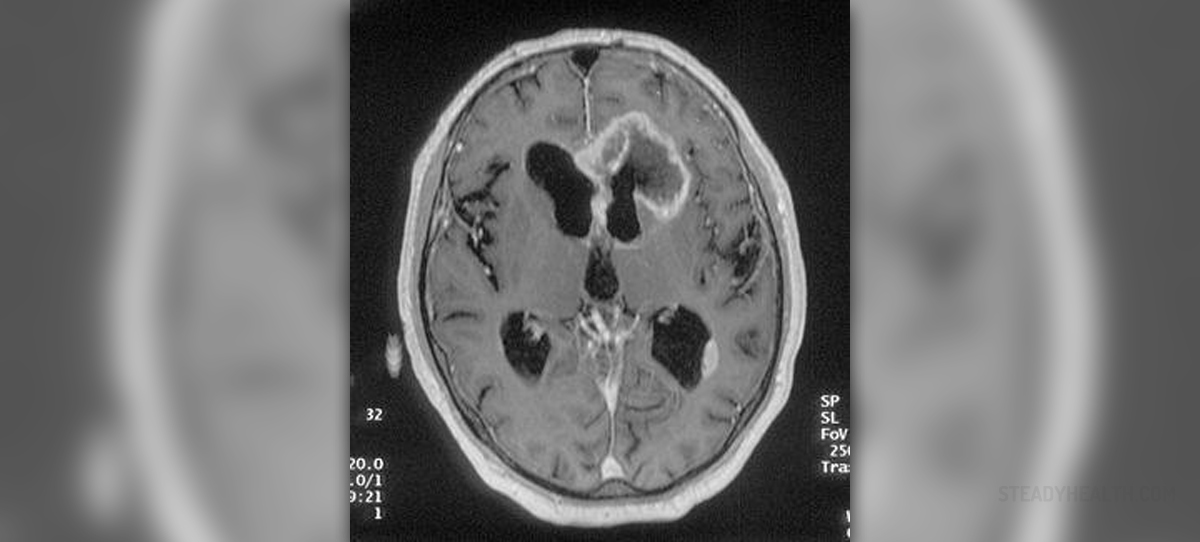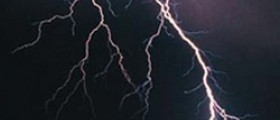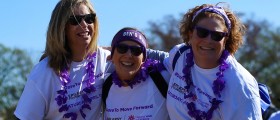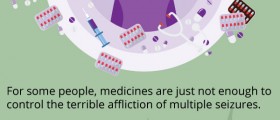
What is Frontal Lobe Epilepsy?
When repeated seizures occur in the frontal lobes they are considered frontal lobe epilepsy. Frontal lobe seizures usually take place during sleep. Frontal and temporal lobe epilepsies are similar in a way that both are associated with partial seizures. There are two types of epileptic seizures including simple partial and complex partial. The simple partial seizures do not affect awareness or memory, while the complex partial seizures do affect those cognitive abilities either before, after, or during the seizure. Depending on where in the brain a seizure occurs its effects reflect on the motor or behavioral abilities. Frontal lobe seizure can occur in areas such as opercular, dorsolateral, frontolateral, orbitofrontal, supplementary, cingulate gyrus, motor cortex, and motor area. Various medical conditions are closely related to this type of epilepsy including head trauma, total decrease in the level of oxygen, infections, and breathing problems. Due to numerous advances in genetic research, autosomal dominant syndromes which lead to the inherited frontal lobe epilepsy have been identified and explained. When it comes to the lives of individuals suffering from epilepsy, they have to get used to being under long-term medical care, dealing with stereotypes which follow epilepsy, as well as to live with restrictions.
Characteristics of Frontal Lobe Epilepsy
Most clinician agree that it is imperative that individuals affected by epileptic seizures as well as their family, friends, or eyewitnesses keep detailed journals of the seizures including the time of onset, prerequisite factors, as well the patient’s response to medications. Diagnosing frontal lobe epilepsy depends to some extent on the description of the seizures. In addition, seizures can be caused by different types of tumors, including gangliomas, epidermoid, and low grade gliomas. Also, injury to the head can lead to frontal lobe damage and eventually cause epileptic seizures depending on how severe the injury was in the first place. In most cases, following a head trauma a seizure will occur within a couple of months but there are instances in which there will not be any signs of epilepsy for years. In addition, vascular malformations such as cavernous angiomas, artervenous malformations, and venous angiomas are all likely to contribute to epilepsy and seizure occurrence. Another cause of frontal lobe epilepsy is an inherited predisposition to seizures. There are distinct types of seizure which can be inherited, such as brief motor seizures occurring in sleep, or seizures which are characteristic of daytime naps. A single deficient gene can cause types of inherited epilepsy. Such disorders are known to occur less often as a result of nicotine use. Defect in chromosome 22 have also been associated with partial epilepsy. In addition, frontal lobe epilepsy could lead to psychiatric or behavioral problems. There are also certain activities in which individual with epilepsy should not engage. For instance, swimming alone needs to be avoided by all means. Any type of activity that involves unsupervised and unprotected heights has to be avoided. Further, operating heavy machinery should not be done by someone prone to seizures. Lastly, it can be very dangerous for an epileptic individual to drive as they can put both themselves and others on the road in danger.
How Frequent is Frontal Lobe Epilepsy?
It has been fairly difficult to estimate the exact prevalence of frontal lobe epilepsy but some data suggest that anywhere between 20 and 30 percent of cases of the disorder are due to changes in the frontal lobe. Also, when it comes to the prevalence among the general population, frontal lobe epilepsy affects anywhere between .5 to 1 percent of individuals. The most widespread kind of the condition is symptomatic partial epilepsy, which can be further subdivided into frontal and temporal lobe epilepsy. Out of the two subcategories, the temporal lobe seizures are more common. Various types of surveys suggest frontal lobe epilepsy affects both sexes equally. In addition, in cases in which instances of frontal lobe epilepsy are compared to temporal lobe seizures men tend to be affected by frontal lobe seizures more often. When it comes to age groups, acute frontal lobe seizure can appear across all ages, whereas the onset of left frontal lobe seizures is on average around the age of 11, while the right frontal lobe epilepsy usually begins earlier, at 9 years of age. When it comes to prognosis, up to 75 percent of individuals react positively to proper treatment and stop having seizures. On the other hand, temporal lobe seizures are more likely to be eliminated, especially if surgical treatment and additional medications are used. As is the case with all medical conditions, the sooner the syndrome is discovered and properly diagnosed the more likely the therapy is to be successful. Further, when there is an abundance of information and support available to both the affected individual and his or her family the benefits from therapy are usually higher.
















_f_280x120.jpg)
Your thoughts on this
Loading...